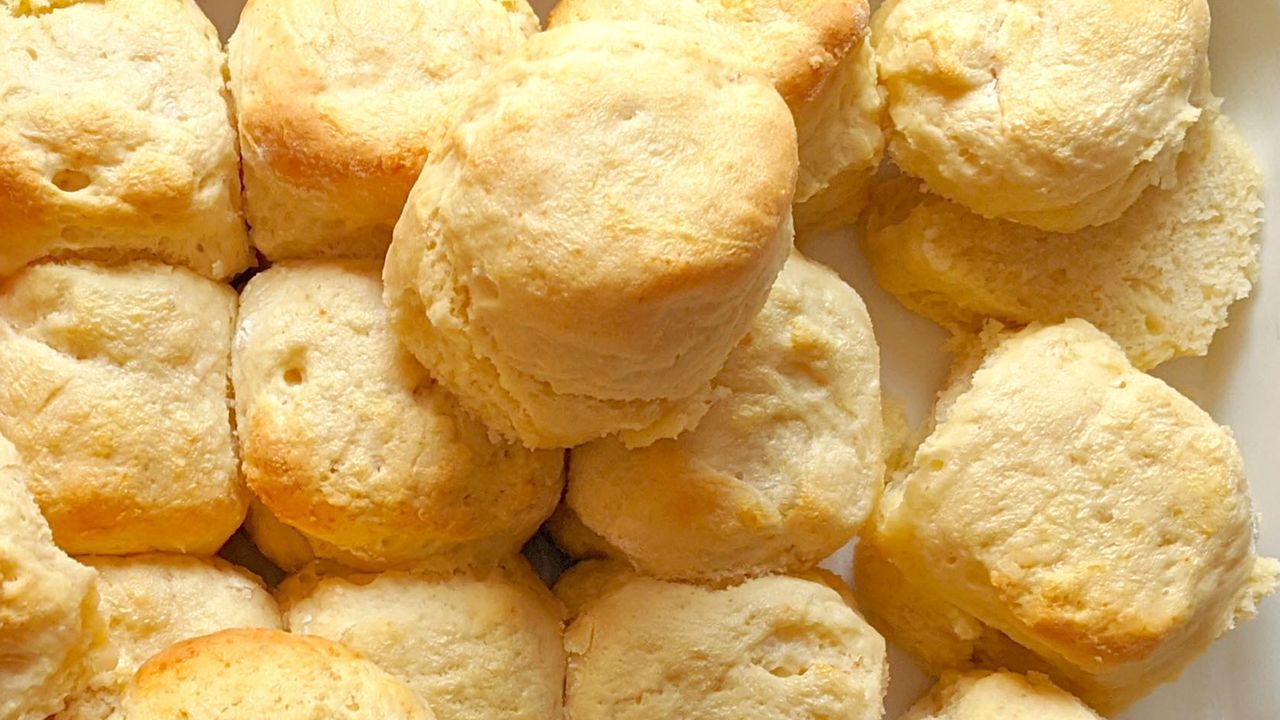What is ermine frosting?
Who knew a buttercream named after a weasel could be this good?

Food
Don't miss out on the headlines from Food. Followed categories will be added to My News.
So say hello to ermine frosting.
What is ermine frosting?
Ermine frosting, also known as roux frosting, flour frosting or boiled milk frosting is a type of buttercream that starts with making a roux – yes, like the roux used to start a classic béchamel, which is then beaten into butter and sugar. The buttercream gets its name from the ermine weasel, a weasel with silky, bright white fur. Ermine frosting can be traced back to the 1800s and was the frosting used on mahogany cake – otherwise known as the OG red velvet.
One of the main pros of this buttercream is that it uses way less sugar and butter than its popular buttercream cousin, the typical American buttercream. When looking for a not-too-sweet buttercream, many cake fanatics opt for a German, Swiss meringue or Italian meringue buttercream – the egg-based buttercreams. But with a lot of eggs and butter required for these European buttercreams, they can end up being quite costly. Enter Ermine frosting, which contains no eggs and far less butter and sugar than other varieties, and was considered the economical choice for buttercream in the 1800s. And with the current rising cost of staples, like eggs and butter, ermine frosting still comes out on top as one of the cheaper buttercream options to this day.
What’s the texture of ermine frosting like?
A classic American buttercream tends to have a grainy texture as a result of the copious icing sugar, whereas ermine frosting is closer to the texture of its European cousins which all have very silky textures. However, since German buttercream requires a custard base and Italian and Swiss require meringue bases, they can be quite finicky. Ermine allows you to enjoy the silky texture and bright white colour (see the weasel connection?) of the European buttercreams without having to stand over the stove for too long. Taste and ease – win!
How stable is ermine frosting? What can I use it on?
The Australian sun is often buttercream’s biggest enemy: I’m sure we’ve all watched as our buttercream melts and the cake quickly slides away. The good thing about ermine is with the minimal butter used and roux base, you get a stable buttercream that lasts longer in warmer climates. And, not only is Ermine stable but versatile too! You can use this fluffy and fuss-free buttercream on any cake or cupcake of your desire so go crazy! This buttercream is stable enough to stack and cover cakes with but maybe avoid intricate piping with it – its fluffiness and softness doesn’t lend well to extremely detailed piping tips but large round or star tips are fine.
You can find our foolproof recipe for ermine frosting HERE.
Want to test out our ermine frosting on some cakes and cupcakes? Check out these recipes where you can swap out the buttercream for ermine frosting!
Originally published as What is ermine frosting?


